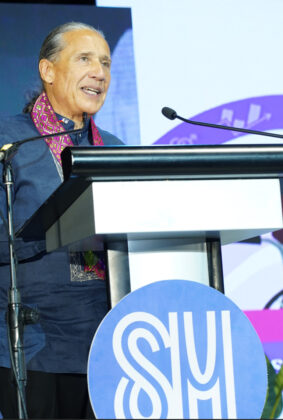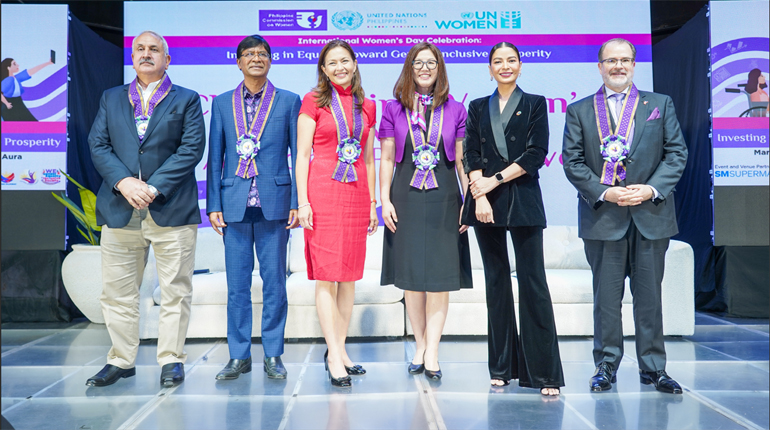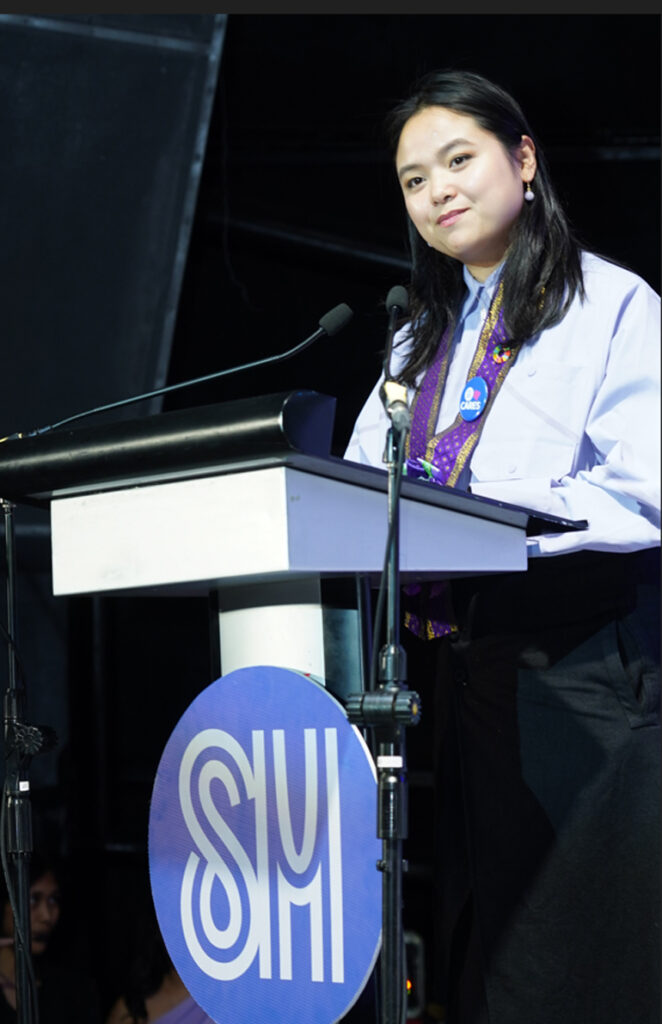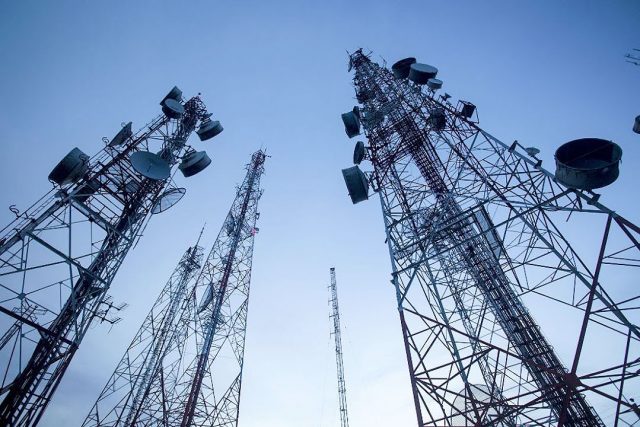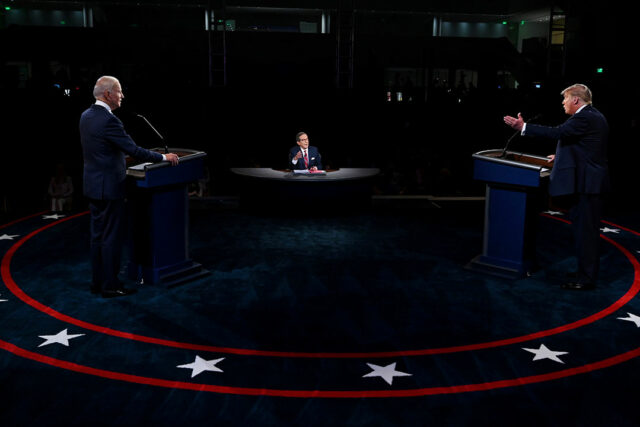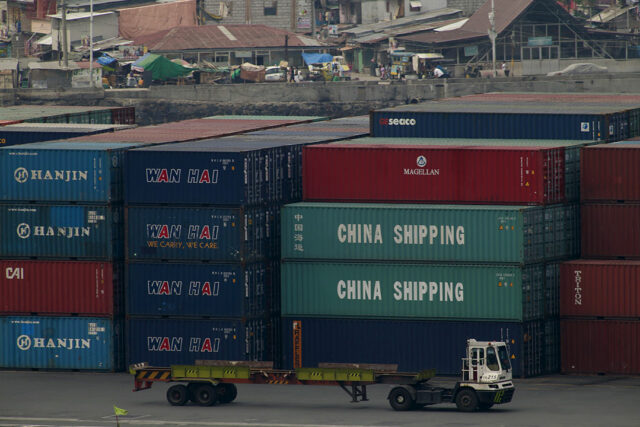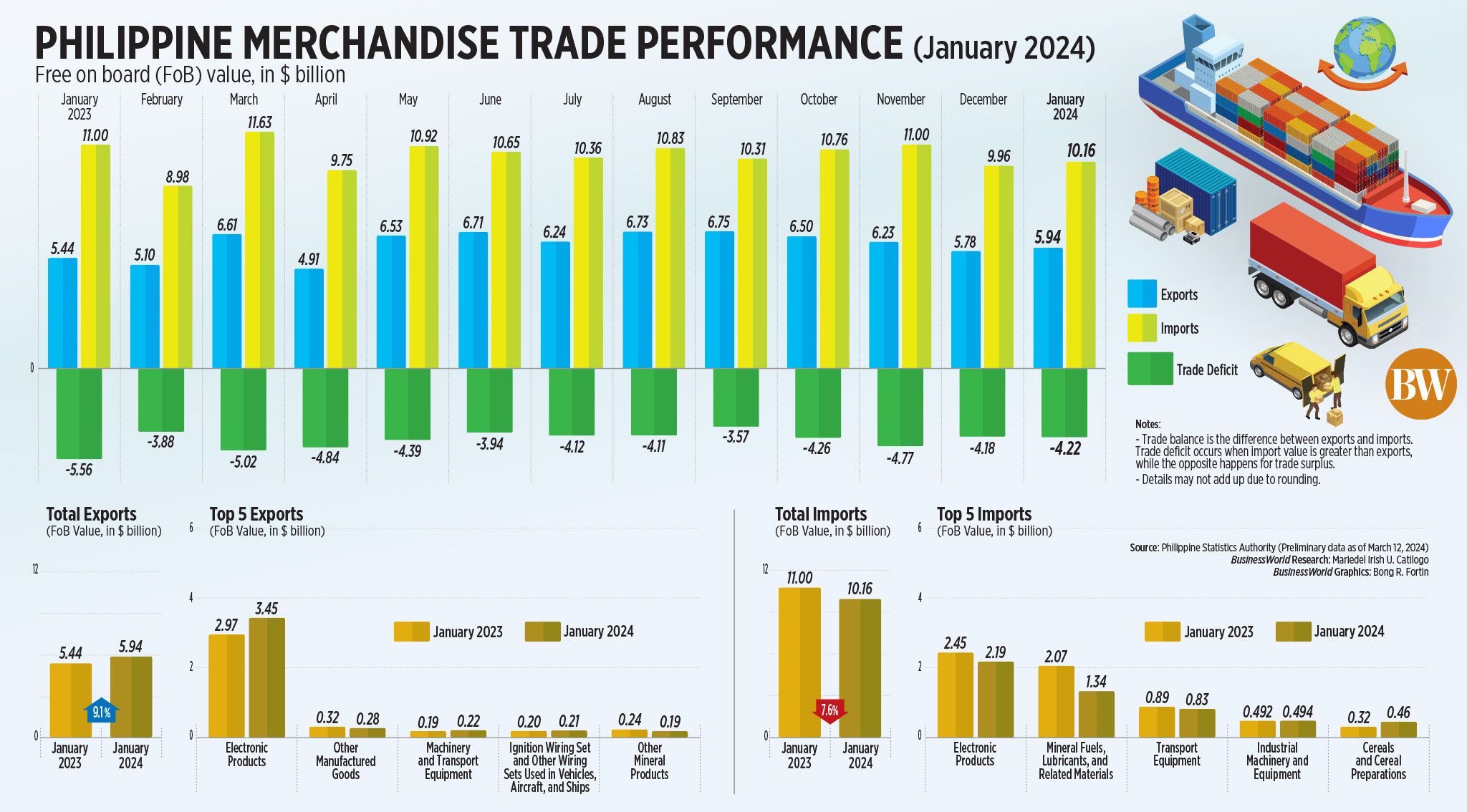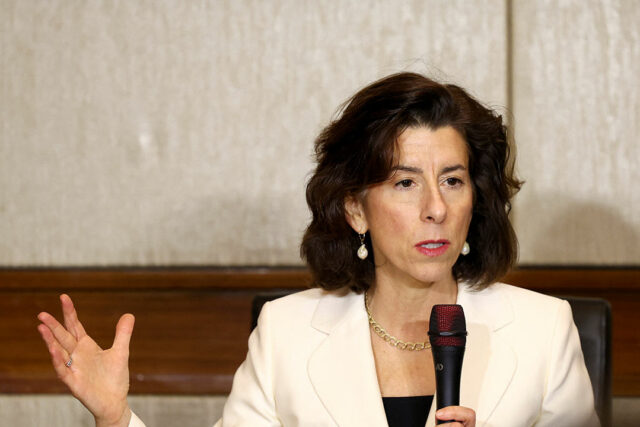US House to vote to force ByteDance to divest TikTok or face ban
WASHINGTON – The US House of Representatives plans to vote on a bill on Wednesday that would give TikTok’s Chinese owner ByteDance about six months to divest the US assets of the short-video app used by about 170 million Americans or face a ban.
The vote is expected around 10 a.m. ET (1400 GMT) under fast-track rules that require support by two-thirds of House members for the measure to pass. It is widely expected to pass, according to both proponents and opponents.
The vote comes just over a week since the bill was proposed following one public hearing with little debate, and after action in Congress had stalled for more than a year. Last month, President Joe Biden’s re-election campaign joined TikTok, raising hopes among Tiktok officials that legislation was unlikely this year.
The measure is the latest in a series of moves in Washington to respond to US national security concerns about China, from connected vehicles to advanced artificial intelligence chips to cranes at US ports.
The House Energy and Commerce Committee last week voted 50-0 in favor of the bill, setting it up for a vote before the full House.
But the bill faces a more uncertain path in the US Senate where some senators favor a different approach to regulating foreign-owned apps that could pose security concerns. Senate Majority Leader Chuck Schumer has not indicated how he plans to proceed.
TikTok CEO Shou Zi Chew will visit Capitol Hill on Wednesday on a previously scheduled trip to talk to senators, a source briefed on the matter said.
“This legislation has a predetermined outcome: a total ban of TikTok in the United States,” the company said. “The government is attempting to strip 170 million Americans of their Constitutional right to free expression,” it added.
Mr. Biden said last week that he would sign the bill.
White House national security adviser Jake Sullivan said on Tuesday the goal was ending Chinese ownership, not banning TikTok.
“Do we want TikTok, as a platform, to be owned by an American company or owned by China? Do we want the data from TikTok – children’s data, adults’ data – to be going, to be staying here in America or going to China?” he said.
It is unclear whether China would approve any sale or if TikTok’s US assets could be divested in six months.
If ByteDance failed to do so, app stores operated by Apple, Alphabet’s Google and others could not legally offer TikTok or provide web hosting services to ByteDance-controlled applications.
In 2020, then-President Donald Trump sought to ban TikTok and Chinese-owned WeChat but was blocked by the courts. In recent days he had raised concerns about a ban. It remains unclear if Tencent’s WeChat or other high-profile Chinese-owned apps could face a ban under the legislation.
Any forced TikTok divestment from the US would almost certainly face legal challenges, which the company would need to file within 165 days of the bill being signed by the president. In November, a US judge blocked a Montana state ban on TikTok use after the company sued. – Reuters







